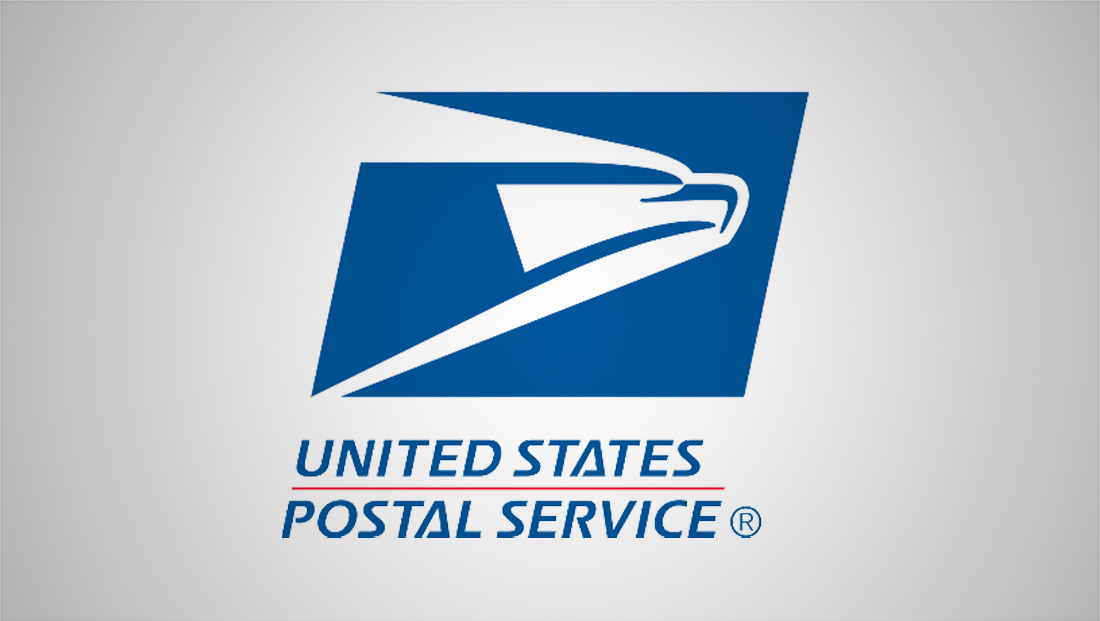USPS announces slower delivery, higher prices as part of 10 year plan — moves that could be tough for ecommerce
By MixDex Article may include affiliate links

U.S. Postmaster General Louis DeJoy unveiled a 10 year strategic plan for the U.S. Postal Service Tuesday, March 23, 2021.
As largely expected, potential changes include changes to first class mail, which includes letters up to 3.5 oz. and packages up to 13 oz., will move away from air transportation to ground services.
A press release outlining the plan says first class mail within a local area will continue to be delivered in one to two days and 70% of it would be delivered within three days or less.
Postage rates on first class and other package services are likely to increase, though DeJoy said he could not offer specifics at this point but emphasized the service remains dedicated to remaining competitive.
The plan includes some improvements as well — including expanded package delivery seven days a week as well as investments in “enhance package delivery services” for business customers, which could include ecommerce shippers and bulk mailers.
The USPS stands to lose over $160 billion in the next decade — including hits it takes by having to pre-fund its pension plan, a plan imposed by Congress and criticized by many.
DeJoy, appointed by Donald Trump, already came under fire for attempts to decommission sorting equipment as the country neared the 2020 elections in November. During the coronavirus pandemic, millions more Americans opted to vote by mail to avoid having to venture into polling places.
There has been talks that current President Joe Biden may try to replace DeJoy and other key members of USPS leadership.
The USPS also had a bad holiday season — with many retailers reporting lost or heavily delayed orders that caused them to have to replace products and deal with upset customers.
Shippers and consumers alike reported packages that never arrived, arrived weeks late or were damaged, with letters and holiday cards also affected.
The USPS has also become the target of criticism for its inconsistent and unreliable tracking — often listing a shipment as staying in “pre-shipment” status for almost its entire time in the mail stream — its way of saying it doesn’t even have possession of the package. The problem has become so widespread it’s the subject of memes comparing USPS to UPS and FedEx, who, comparatively, know a lot more about where packages are and when they will arrive.
While USPS still tends to be the least expensive option for shipping many packages, especially lighter weight shipments, many retailers began questioning if the savings are worth it given the amount of lost product and customer service issues holiday 2020 shipping generated.
Some retailers are reporting the issues appear to have eased up since then, though the tracking can still be inconsistent.
USPS along with FedEx, UPS and DHL have all seen an increase in package volume over the past years as ecommerce exploded.
However, Amazon, once one of the biggest customers for shipping companies, is increasingly using its own delivery network to get packages to customers — typically faster and cheaper. This trend has also taken business away from USPS and other similar carriers.

